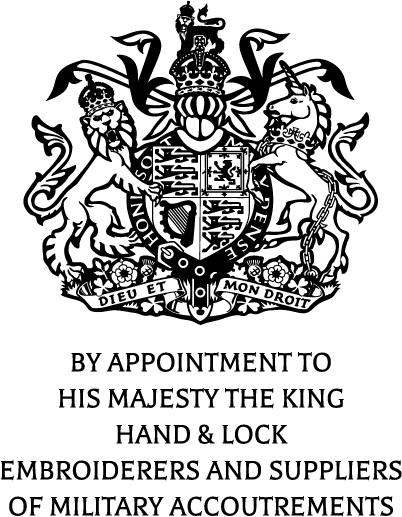The Birmingham Connection
A proud Brummie, with family who historically worked on these canals, Eve wanted to tell the story of this heritage and chose to embroider a triptych that follows the towpath, right through Birmingham city centre.
The Worshipful Company of Broderers Associate Awards Winner Associate Award 2025
Royal School of Needlework
Some historical objects are hidden in plain sight, looked at but not seen. Canals cut through the land, slice through cities, duck underneath railway lines and bridge road systems. In the past, coal, iron and even cocoa heaped the decks of narrowboats working the 170 miles of Birmingham’s waterways, contributing towards Britain’s industrial revolution in the 18th and 19th century.
A proud Brummie, with family who historically worked on these canals, Eve wanted to tell the story of this heritage and chose to embroider a triptych that follows the towpath, right through Birmingham city centre. Starting with Snowhill Tunnel, a cavernous, subterranean space, flanked with arches and graffitied walls, we then go past Lock 13 of Farmer’s bridge Locks and, finally, to Curzon Street Tunnel, which formed part of the first direct canal route to London. Today, a stone’s throw away, the new HS2 terminal, connecting Birmingham to London, is being built, showing a link between past and present.
The three pieces are rendered using a traditional technique called Blackwork embroidery, which is mostly done in a monotone palette. Eve has used colourful threads to bring a sense of modernity into these historic landscapes.
Materials: Cotton and machine thread on linen
A proud Brummie, with family who historically worked on these canals, Eve wanted to tell the story of this heritage and chose to embroider a triptych that follows the towpath, right through Birmingham city centre.




Get 10% off your first order when you subscribe to our newsletter.
Get exclusive access, notifications and updates on new products, classes and events.

86, Margaret Street,
London,
W1W 8TE
Tel: 0207 580 7488

Get 10% off your first order when you subscribe to our newsletter. Get exclusive access, notifications and updates on new products, classes and events.